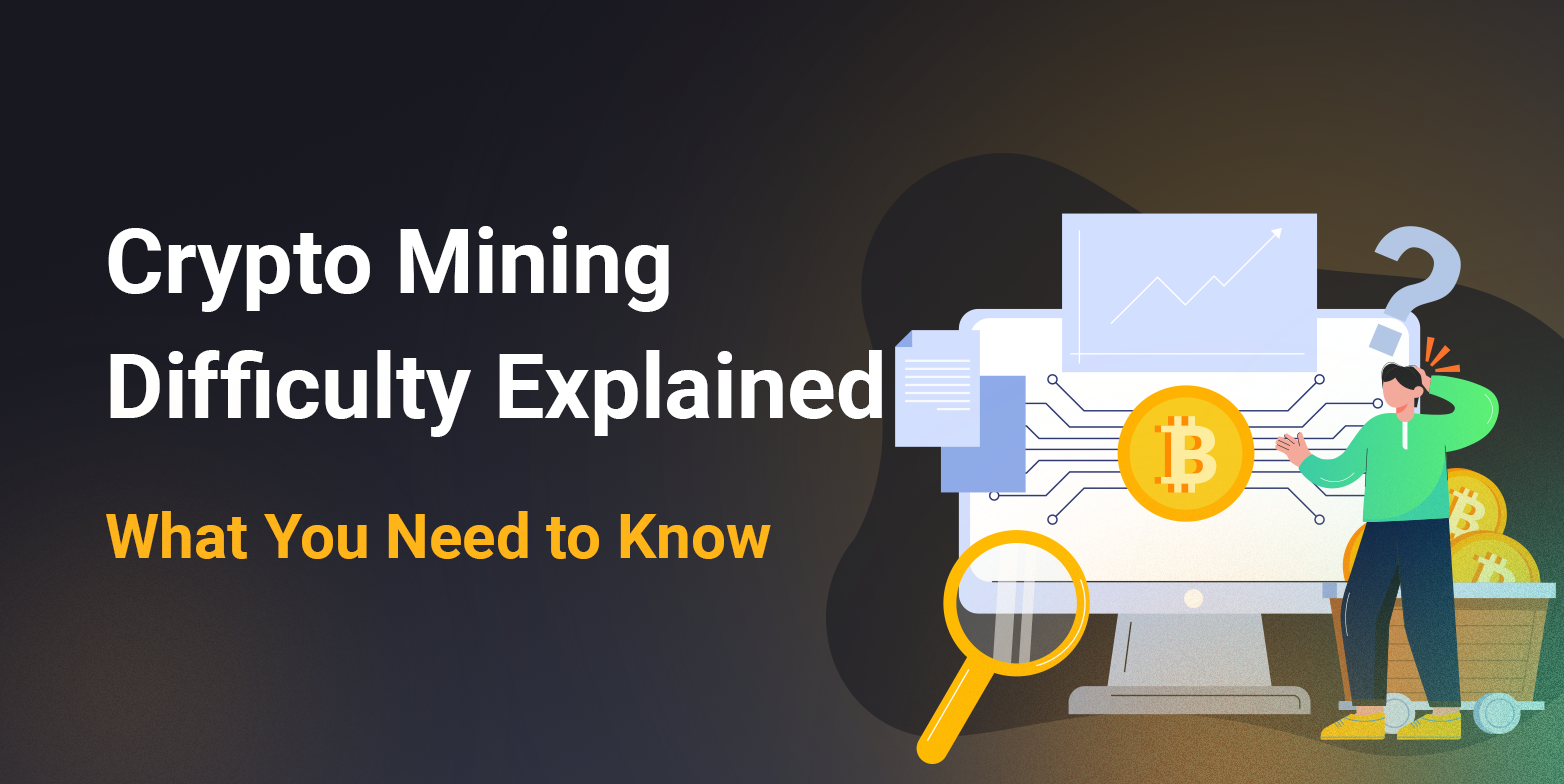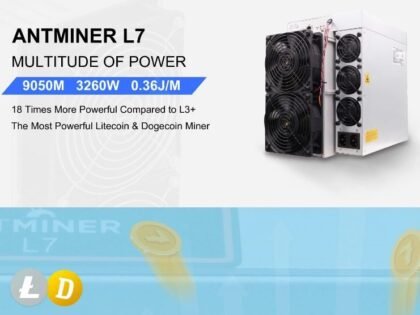Beginner’s Guide to Starting a Crypto Mining Operation in 2025

Starting a crypto mining operation in 2025 presents an exciting opportunity for both beginners and seasoned investors. With advancements in ASIC miner technology and the growing stability of digital currencies, mining can be a profitable venture if approached with the right knowledge and planning. This guide is tailored to help individuals and small businesses launch a mining setup with confidence.
Step 1: Understand the Basics of Crypto Mining
Cryptocurrency mining involves solving complex cryptographic puzzles to validate transactions and secure the blockchain. Miners are rewarded in cryptocurrency for their efforts. The process requires powerful computing equipment—specifically ASIC (Application-Specific Integrated Circuit) miners—that are designed to mine particular cryptocurrencies such as Bitcoin (SHA-256), Litecoin/Dogecoin (Scrypt), or Kadena (Blake2s).
Step 2: Choose the Right Cryptocurrency
Choosing what to mine is one of the most important decisions. Each coin has different hardware requirements, network difficulty, block reward, and market volatility. For beginners:
- Bitcoin requires SHA-256 ASIC miners like the Antminer S21 or WhatsMiner M60S.
- Litecoin and Dogecoin can be mined together using Scrypt miners like the Antminer L7.
- Kadena uses Blake2s-compatible miners such as the Goldshell KD6 SE or iBeLink BM-K3.
Step 3: Select Your ASIC Miner
Once you know which coin you want to mine, choose an appropriate ASIC machine based on your budget, power availability, and ROI expectations. Key factors to consider:
- Hashrate (mining power)
- Power consumption and efficiency
- Manufacturer warranty and support
- Initial purchase cost
Buying from reputable sources like MarineKingMiner.com ensures you get genuine, tested machines with full transparency.
Step 4: Set Up Your Mining Environment
You’ll need a space with proper ventilation and power supply. Consider the following:
- Cooling systems to manage heat
- Stable internet connection
- Noise management if indoors
- Surge protection and electrical compliance
Many miners opt for mining farms or hosting services to manage high-powered setups.
Step 5: Connect to a Mining Pool
Mining solo is rarely profitable. Join a mining pool to combine resources with other miners and receive consistent payouts. Most ASICs have user-friendly interfaces for connecting to pools like F2Pool, ViaBTC, or Poolin.
Step 6: Monitor and Optimize
Use software tools or mobile apps to monitor your miner’s temperature, uptime, hashrate, and earnings. Regular maintenance and firmware updates help maximize performance and extend hardware life.
Conclusion
Starting a mining operation in 2025 is more accessible than ever with the availability of high-performance ASIC miners and informative resources. With the right hardware, location, and strategy, crypto mining can be a highly profitable venture. Marine King Miner supports miners at every step, offering reliable machines, expert advice, and global delivery to help you succeed in your mining journey.


